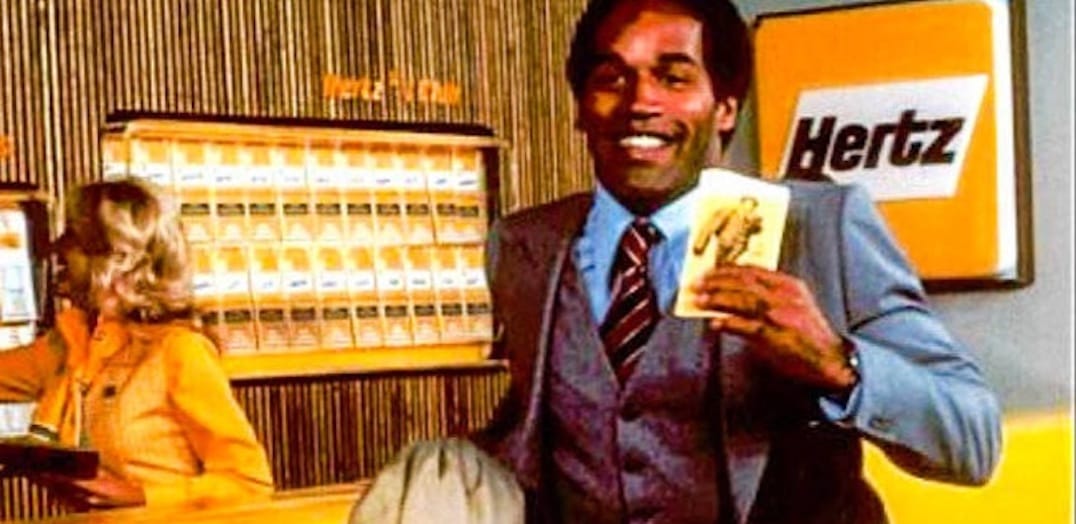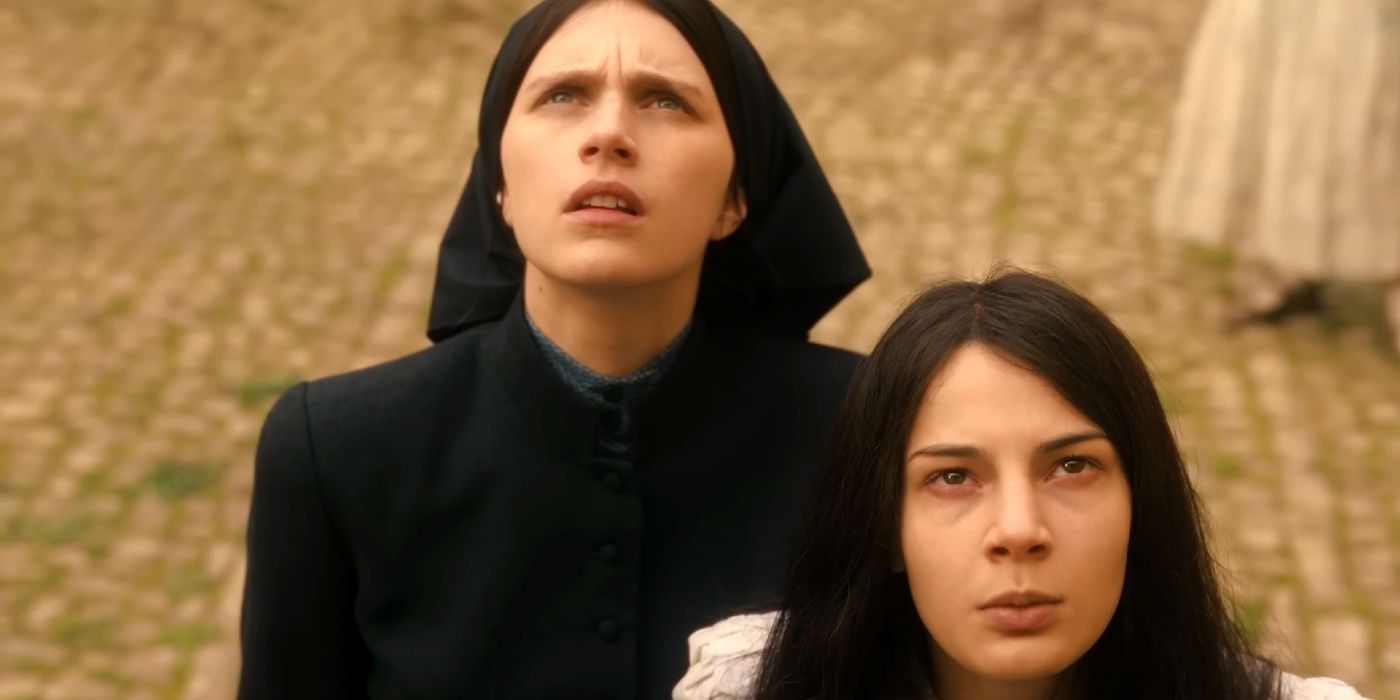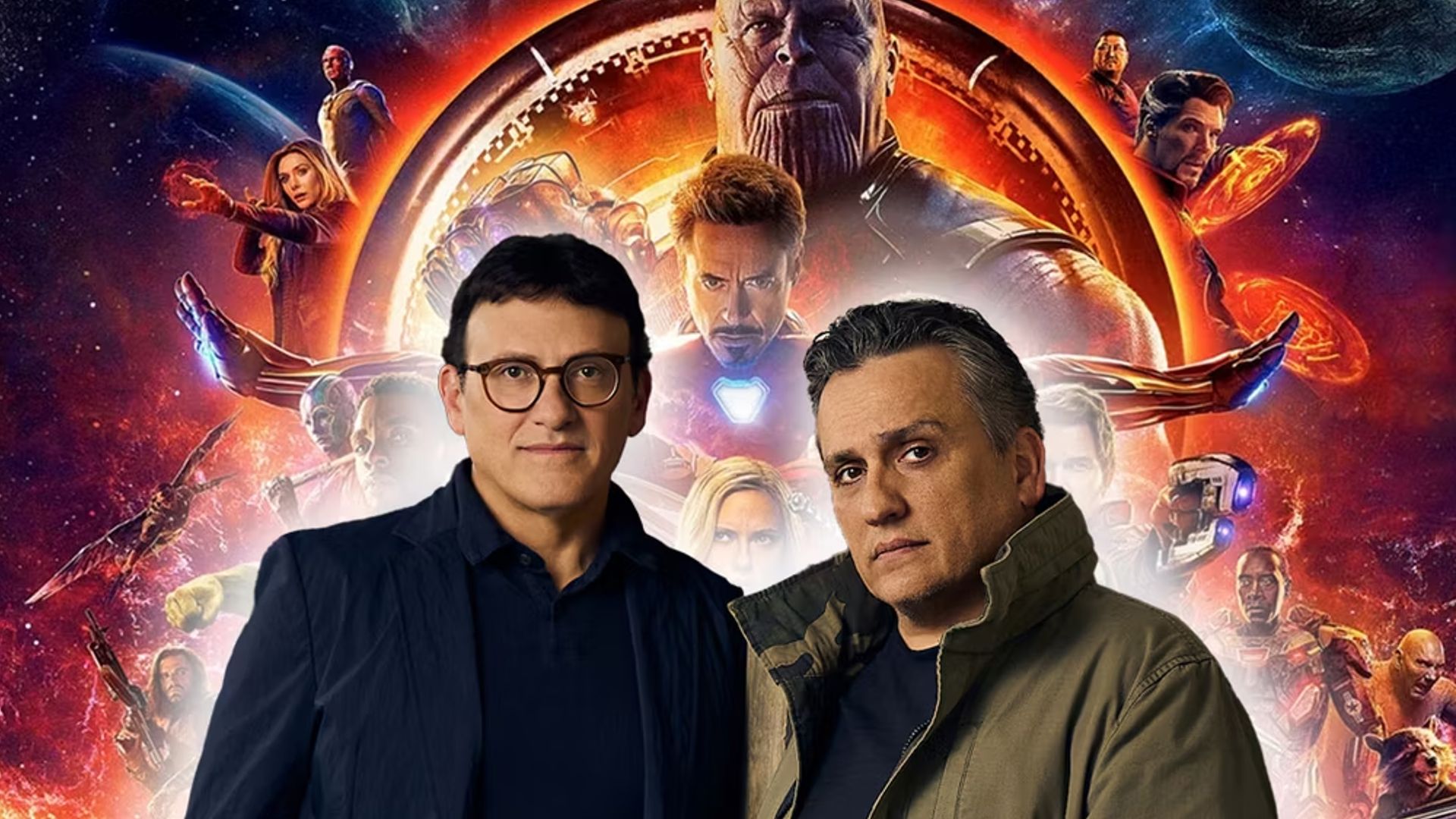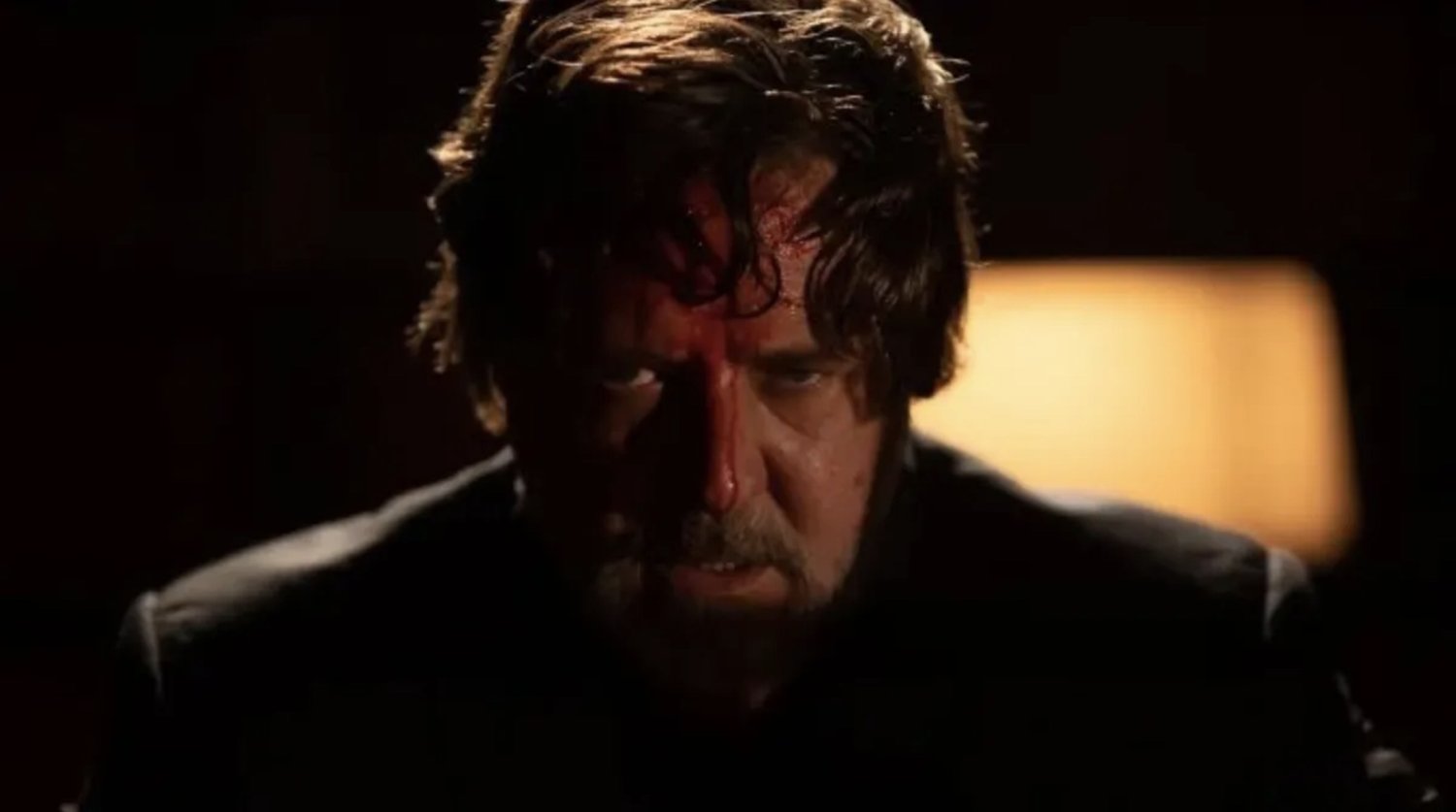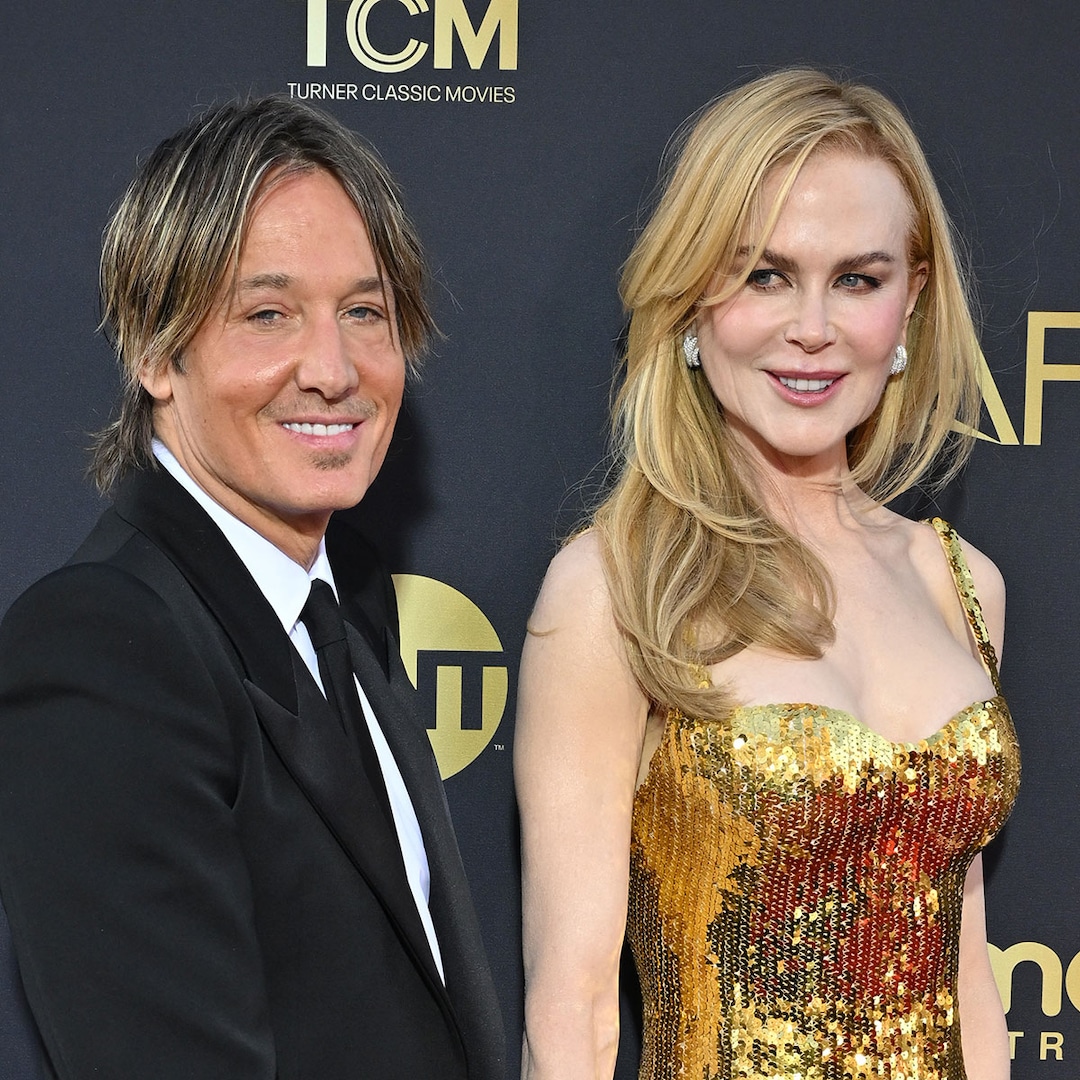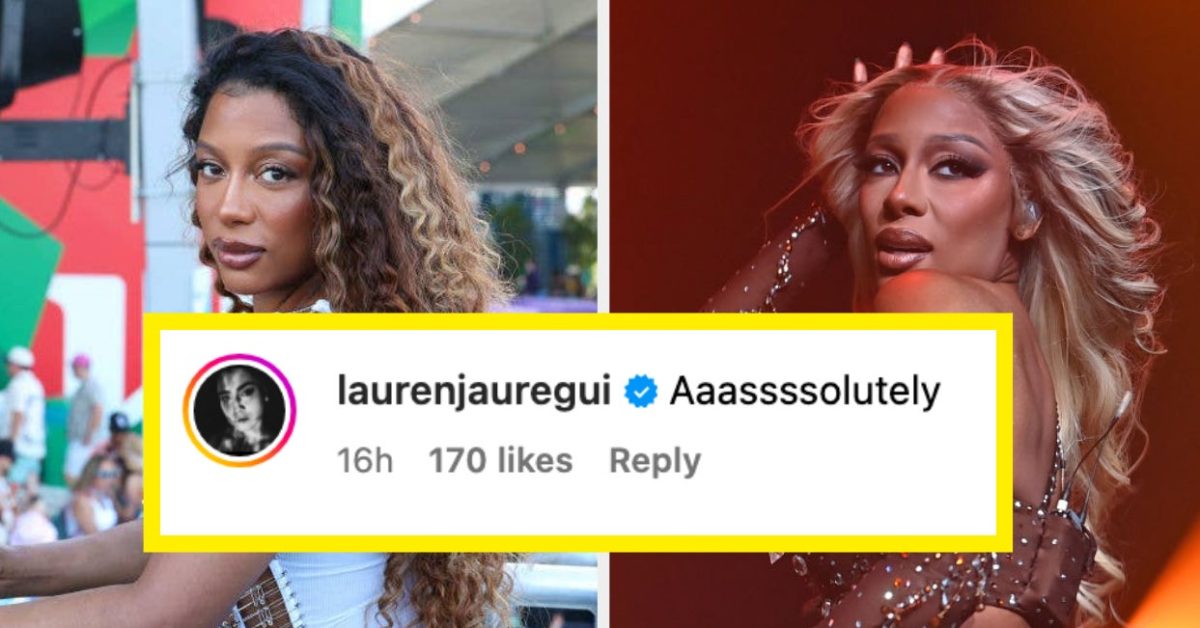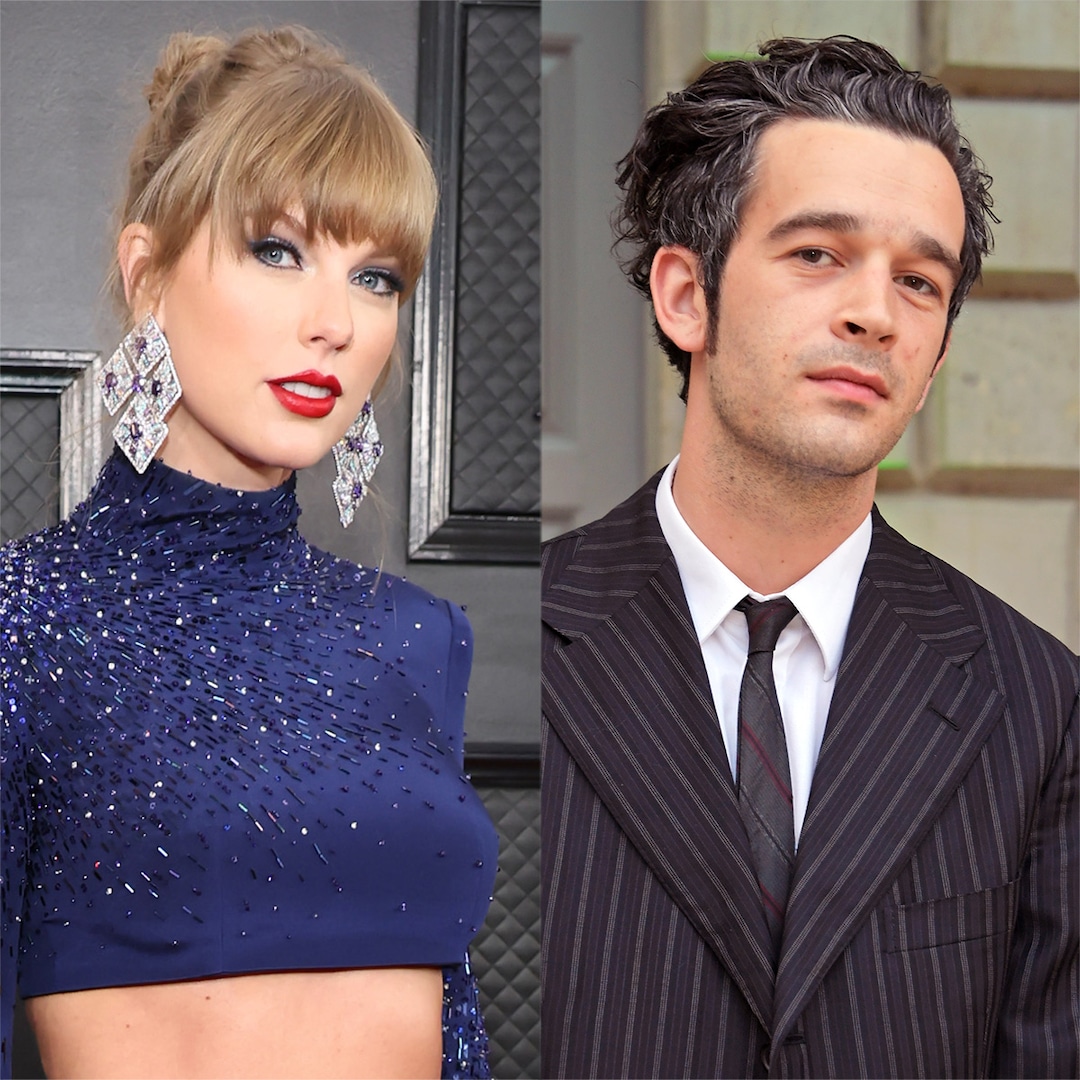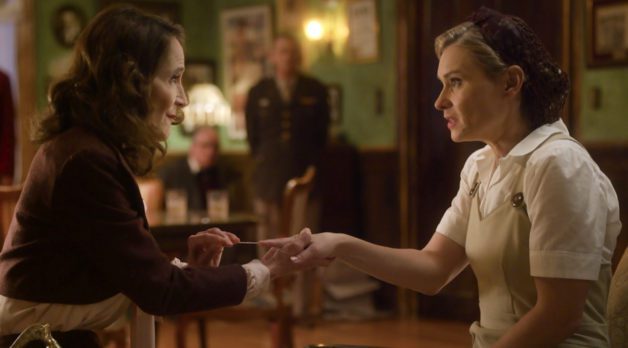
“I Absolutely Cannot Stand the Present”: Ted Geoghegan on Period Horror Film Brooklyn 45
Jun 15, 2023
Anne Ramsay and Kristina Klebe in Brooklyn 45.
Post-WWII national anxieties offer a glimpse into our current tolerance for totalitarianism in Brooklyn 45, writer-director Ted Geoghegan’s latest horror effort. Presented as a real-time film in a bottle setting, the film takes place during the immediate aftermath of the war as a group of veterans meet at one of their Brooklyn (by way of Chicago) abodes to reconnect and (attempt to) mend fresh wounds.
Clive “Hock” Hockstatter (Larry Fessenden) hosts the group, who assemble in part to support their old friend after his wife’s recent suicide. Rounding out the guest list is Marla Sheridan (Anne Ramsay), who worked as an interrogator on the front lines; her meek, non-military husband Bob (Ron E. Rains); not-so-closeted Major Archibald Stanton (Jeremy Holm); and hardened hard-ass Major Paul DiFranco (Ezra Buzzington). What they don’t realize, however, is that the night’s agenda is hardly restricted to boozing and bantering. Hock tells the group shortly after their arrival that his wife was actually murdered by their German neighbors who are covert Nazi spies, and the only way to confirm her side of the story is through an impromptu seance. Knowing that Hock is grief-stricken and desperately seeking closure, the group reluctantly abides. When their spooky seance is interrupted by an unexpected guest—neighbor Hildegard Baumann (Kristina Klebe), who’d been bound and locked in a closet in Hock’s parlor—the group must confront if their true enemy is a Nazi spy, supernatural entity or their own PTSD-addled fear of an invisible enemy.
I spoke to Geoghegan ahead of his film’s exclusive release on Shudder, where it’s currently available to stream. Our conversation encompasses the film’s crowdsourced production design, practical effects by Chicago-based artist Brian Zurek, the historical significance of the characters’ motivations and much more.
Filmmaker: I want to begin by addressing the way that the film is bookended by these lovely black and white shots that fade into full color. How did you come up with this conceit, and is there any pronounced symbolism you’re trying to convey to the audience?
Geoghegan: The film does start and end with a rather high-contrast black and white. It also begins and ends in a 4:3 Academy aspect ratio. It only really becomes “scope,” or whatever you want to call it, when we enter and exit the parlor. Believe it or not, the intention was never to go black and white. It was a choice made in post and the editorial team ran it by me. They were like, “Hey, we were just playing around, what do you think about this?” And I saw it and was like, “Oh my God, it’s beautiful.” I never thought that would be the route that we would take, but I was really excited about it once we actually got it cooking.
The big thing for me was starting and ending the film in 4:3. That was such an important thing for me, because I grew up with cinema of the ’20s, ’30s, ’40s and 50s, and I’m so used to that aspect ratio. It’s so cozy—not just because it reminds me of films that I grew up with, but because that aspect of ratio actually requires you to be cozy. It requires everyone to be closer and tighter. Also, the opening and closing of the film are the only scenes set outside. It forced my actors to be very close to each other. Not only that, but once we enter into the parlor and it opens up, suddenly the characters are in this confined space, but it’s being shot so wide and lush. I wanted the outside world to be shot kind of combative, in a sense. I want the audience to always feel trapped, whether by the aspect ratio or the room itself.
It was very important to me that the film ended with traditional glass plate end credits. They didn’t have scroll credits [during the ’40s], and I really didn’t want to end the film with those myself. So, we went hard and had digitally augmented glass plate end credits. I thought, “You can’t do these credits in anything other than 4:3 or they’ll look weird.”
Filmmaker: This is essentially a bottle film, with all of the real action contained to one single parlor room in a Brooklyn home. What were some of the challenges and advantages of adopting this model for the film?
Geoghegan: The biggest challenge for me, honestly, was my own fear that there would be a moment where the film would become boring. Every day I was filming, I would think to myself, “Oh my God, is this the part where it’s going to become boring?” It just filled me with dread because in a traditional film, sometimes there’s a scene that’s a little boring; it’s got a little too much info and you just wait for that scene to be over. Well, this movie is basically one scene. If we lose our audience, we could potentially lose them for good. I really struggled with that.
We cut very little out of the finished film. There are very few lines that didn’t make it into the finished film, because aside from being a chamber piece, it’s also in real time. So, we couldn’t ever skip over anything too big, lest we lose track of where the people are in the room. It was directed very specifically, like a stage play. Every single day, I would reach out to my actors with these index cards that were a map of the room, and it would show exactly where they were supposed to walk that day. Sometimes it was nowhere. They were like, “Wait, so for the next eight hours I’m just standing behind this chair?”
But honestly, there were very few challenges, especially this being my third feature. My second film, Mohawk, was challenging beginning to end. It was another period piece—set during the War of 1812—[shot] outdoors with a huge cast during the hottest days of summer. It was very stressful. To be able to shoot a film like this in a very contained location—we were on a soundstage, we were able to come and go to the same location every single day—was such a joy. There were no company moves. It was a blessing, and I feel like a lot of that really shines through in the film itself.
Filmmaker: The practical effects that the film employs also help entrench it in its period setting, and there are a lot of impressive sequences—from gooey seances to finger torture—that are sure to make viewers squirm. I know you previously hadn’t worked with practical effects artist Brian Zurek in the past, but I’d love to know how you conceptualized these sequences in general.
Geoghegan: Brian was a local Chicago hire who had been very highly recommended to me. People had really been singing his praises for quite some time, and I was excited to work with him. I previously had worked with a special effects artist named Marcus Koch out of Florida. Marcus and I were old friends, we’d worked on a number of films together, and it just so happened that he was not available for this film. The team that I was working with in Chicago had someone that they really loved. Brian and I hit it off right away. We both love all the same cinema. Like me, he grew up with slashers and gore movies and all this ridiculous stuff, but a lot of what he makes as a professional is not that. Yes, our movie gets gory and has its moments. But I regularly make the joke that the movies that I make aren’t necessarily the movies I seek out as a horror fan. I do like the silly, carefree sort of stuff, like ‘80s slasher movies, and here I am making this very heavy stuff. The heaviness of the film required heavy special effects—spoiler alert—but we’ve got a suicide in the film. There are several violent moments. There’s one moment that basically goes full Evil Dead toward the end of the film. We’ve also got a wall full of charred children.
We’ve got a lot of big moments in the movie, and to me it was really important that horror fans would have a good time when they saw these moments, but also that they carried the emotional and dramatic weight required to land these beats. You have to walk a very specific line, because ultimately this is a movie about PTSD, about trauma, about terrible, terrible life decisions and being haunted by the choices of your past. So I didn’t want horror fans to walk away from it disappointed, but I also felt a certain obligation to treat the concepts in the film as respectfully as I could. Brian really got that, and I feel as though the effects that he brought to the film landed it in that way.
Filmmaker: In terms of the space, I read elsewhere that for the principle setting’s production design, you crowdsourced actual photos of WWII veterans donated by descendants, which adds a lovely realism and character to the film. I’m curious how production designer Sarah Sharp sourced the rest of the trinkets, decor and furnishings within the space.
Geoghegan: Sarah and her team were amazing at scouring secondhand shops around the greater Chicago area, and were practical magnets when it came to finding the items I had imagined populating the parlor. And yes, I had posted on my socials that if anyone had any photos of their families that pre-dated 1945, I’d love to include them in the film. I was inundated with images and was lucky enough to pick over a hundred that I thought would best fit the room.
Filmmaker: Appropriately, the group Blitz//Berlin did the film’s score. How did you come to collaborate with them, and what conversations did you have about constructing the film’s sound?
Geoghegan: My amazing producers over at Raven Banner had previously worked with Blitz//Berlin on the score to the 2021 film Psycho Goreman and highly recommended them. I was won over after hearing their amazing trailer scores to Death on the Nile and Blade Runner 2049, which captured the audioscape that I so desperately wanted my film to have. The collaboration was easy, as they were also fans of 1940s cinema and understood exactly what I was going for. I’d work with them again in a heartbeat.
Filmmaker: Brooklyn 45 is certainly a supernatural film, but honestly these elements take a backseat to the perceived political, ideological and identity rifts between the characters. It feels very in line with George Romero’s narrative ethos, which you’ve cited as a huge influence of yours in the past. Do you think you’ll continue melding these otherworldly threats with very real cultural anxieties in your next efforts?
Geoghegan: I don’t think art is worth making unless you put your whole heart into it, and because I am so political, that’s what shows up in my work. Romero has always been a hero and role model, in how cleverly he makes films with extremely powerful political and social commentary, but they also work perfectly as fun horror films. They have to do both if they’re going to land, and I sincerely hope my movies always do!
Filmmaker: You’ve stated that all of your films come from an explicitly political place and you generally prefer to make period pieces. What about the post-WWII American setting of Brooklyn 45 felt particularly apt for addressing our current political climate?
Geoghegan: I absolutely cannot stand the present and will use any excuse I can to get away from it, whether that’s the 1970s with We Are Still Here, the early 1800s with Mohawk and now the mid-1940s with this. I don’t want to view the times in which the movies are set through rose-colored glasses, because every decade has its moments, and that’s what a lot of these movies tend to dredge up. I knew that I wanted to make a seance film, I wanted it to be real-time and I wanted it to be about people haunted by the choices of their past.
I kind of stumbled upon post-war America as an option. I really gravitated toward the idea of direct post-war America, like 1945 and 1946, when the war has only been over for a few months or a year. I think when everyone thinks of post-World War II America, they think of people moving to suburbia, having their 2.5 children, mom being at home and dad going to work. But the truth of the matter was that the end of 1945 and almost all of 1946 were just nightmarish. It wasn’t the soldier kissing the girl in Times Square, it was suicides—people coming back from the war, absolutely broken, just these husks of people. It was a time that we do not see a lot of really in any form—not just in cinema, but we don’t really see it in literature, because literature is chosen to gloss over this and look at post-war America as,
“We defeated tyranny in the end,” when the truth is that we defeated tyranny through a lot of horrors of our own. People came home and really had to come to grips with what they had done to stop tyranny and the choices that haunted them.
I always think of this quote that I’m paraphrasing from James Cameron: “You can’t make a movie about everyone who was on the Titanic. So, you make it about a couple people who were on the Titanic, and then you care about everyone who was on the Titanic.” That idea was always in my head when I was doing this. You can’t make a movie about everyone who came back from war, so make a movie about a little group of people that really are all of the different versions of people who come back from war—the people who’ve chosen to forget it and try to move on with their lives even though it haunts them, the people who are absolutely broken, the people who angrily hide it and let them wave the flag literally and metaphorically for everyone else who was in that situation.
It was also really important to me that the characters in the film were older. I wanted them to be veterans. It’s never stated explicitly in the film, but they are veterans of both World War I and World War II. They were called double veterans. These people fought once to try to save the world from fascism and tyranny, then were called to do it again when they were in their fifties and forced to do ridiculous things that no one at that age should be forced to do. So, I feel like the characters in my film are doubly broken down.
Filmmaker: It’s very interesting that this anxiety around and continued threat of Nazism is a central theme in the film, because I think that it’s quite relevant today. As we know, Nazism is no longer a bygone product of Hitler’s reign. It’s been fully embraced by hate groups in the U.S., and it’s not unheard of for Nazi and fascist-leaning individuals here to have connections to law enforcement and the military. Did you wrestle with how we came so full-circle as a nation on this issue while writing the film?
Geoghegan: I absolutely wrestled with it for a number of reasons, not the least of which is that my father and my grandfather both served in the military. As an extremely liberal pacifist, I’m very proud that my father and grandfather fought for the freedoms that I have to this day. That said, I am an extremely liberal, anti-war type of person, and I wanted to make a film that would appeal to people like me, but I also wanted it to be food for thought for people who have very different political views than I do.
It was a challenge every day not to demonize these characters as I was writing the script, and I did have assistance from my father working on the screenplay. He was not a writer, but he gave me a lot of really wonderful, useful military and U.S. history information. After my father was paralyzed in the early ‘70s, he went back to school and got his degree in U.S. history, so he knew a ridiculous amount of stuff about what I was writing about. I felt like I would be doing the whole project a disservice unless I had him involved in some capacity. But as my father was involved, I said, “This has to be a film that never once demonizes what these people have gone through.” The characters in the film can demonize each other, but the film should not have an agenda. I really feel if there’s one thing that the left and the right can agree on, at least most of them, is that war is hell, whether you believe that what we’re fighting for is valid or not. That’s ultimately what I wanted to have taken away from this film: these people went through hell and they’re all still in it.
These days, we are seeing this rise in fascism, in hate, and we are seeing people fight back against it. It’s not full-scale war, but we are watching people put their lives on the line to fight back against these beliefs, and it’s going to take a toll on those people. As a pacifist—a keyboard warrior—it takes a toll on me every day just waking up and seeing these horrible things that people are saying and doing, espousing my opinion and trying to make art that confronts it. While I don’t physically confront it, it’s a lot. I think it’s breaking us all down just as it broke down the characters in this film. I mean, they’re all ultimately us.
Filmmaker: Your characters are totally anti-Nazi and anti-German, also bringing up their unsavory acts toward Italian citizens, who were also under fascist rule at the time. But it’s curious that none of the characters or the film reference Japan, the third Axis Power nation, even though we’re relatively fresh off of a direct attack they orchestrated on U.S. soil. Was there a deliberate reason for not including these characters’ sentiments toward these so-called “enemies of the state”?
Geoghegan: Ultimately, what it came down to—and I’m going to be very specific in my wording, because I want this to come out right—is that none of the characters in the film served in Asia. They were on the front lines in Europe, they were on the Western front. The truth of the matter is these characters all would’ve been wildly racist [laughs], and it’s absolutely something that deserves discussing. My previous film Mohawk deals very heavily with white people trying to make America great the first time by getting rid of people of color and people of different religions or sexual orientations—honestly, anything other than straight, white Christians.
In this film, the character of Hildy ultimately stands in for all of their hatred toward Italy and Germany. And Hildy is a white person. I wanted their anger and hatred toward these other white people to be directed toward her. I didn’t want to have her be a stand-in for racism. It was absolutely something that was discussed at length during the screenwriting and during filming. But ultimately what it came down to was that in New York, the United States and everywhere in North America in the 1940s, you could walk down the street as a German or an Italian, and as long as you kept your mouth shut and they didn’t hear that accent, you could blend in and not have that hate directed at you. Whereas, very unfortunately, if you were Japanese or Japanese-American, you were immediately branded an enemy of the state. As history has shown us, they were placed in camps here in the States and horrible injustices were put upon them. It was ultimately something that we chose to not tackle. Not because it’s not important—it’s wildly important—but I felt like given everything that goes on in the film, it might not have gotten the attention that it so deserves. I feel like [that subject] a whole other movie in and of itself.
Publisher: Source link
Miranda Cosgrove Recalls Awkward iCarly Fan Encounter
Miranda Cosgrove Recalls Awkward iCarly Fan Encounter In the 2000s, Miranda Cosgrove was one of Hollywood's best-known child stars. And now, at 30 years old, her iconic shows are being discovered by a whole new generation of viewers. While appearing…
Apr 30, 2024
Nicole Kidman Details Rare Night Out With Keith Urban and Their Kids
This isn't a big or little lie: Nicole Kidman has mastered the art of balance. In fact, right after being honored at the 2024 American Film Institute Life (AFI) Achievement Award Gala April 27—where she walked the red carpet with husband Keith Urban and…
Apr 30, 2024
Victoria Monét Shared A Picture Of The Extra Weight She's Gained, Particularly In Her Butt, Thanks To PCOS, And She's Learning To Love It
"Now there are two moons on the stage."View Entire Post › Disclaimer: This story is auto-aggregated by a computer program and has not been created or edited by filmibee.Publisher: Source link
Apr 29, 2024
Untangling Taylor Swift’s and Matty Healy’s Songs About Each Other
"Loml": In this moving track, Taylor first sings about being called the love of someone's life "about a million times." However, the dynamic soon changed. "If you know it in one glimpse, it's legendary," she notes. "What we thought was…
Apr 29, 2024
